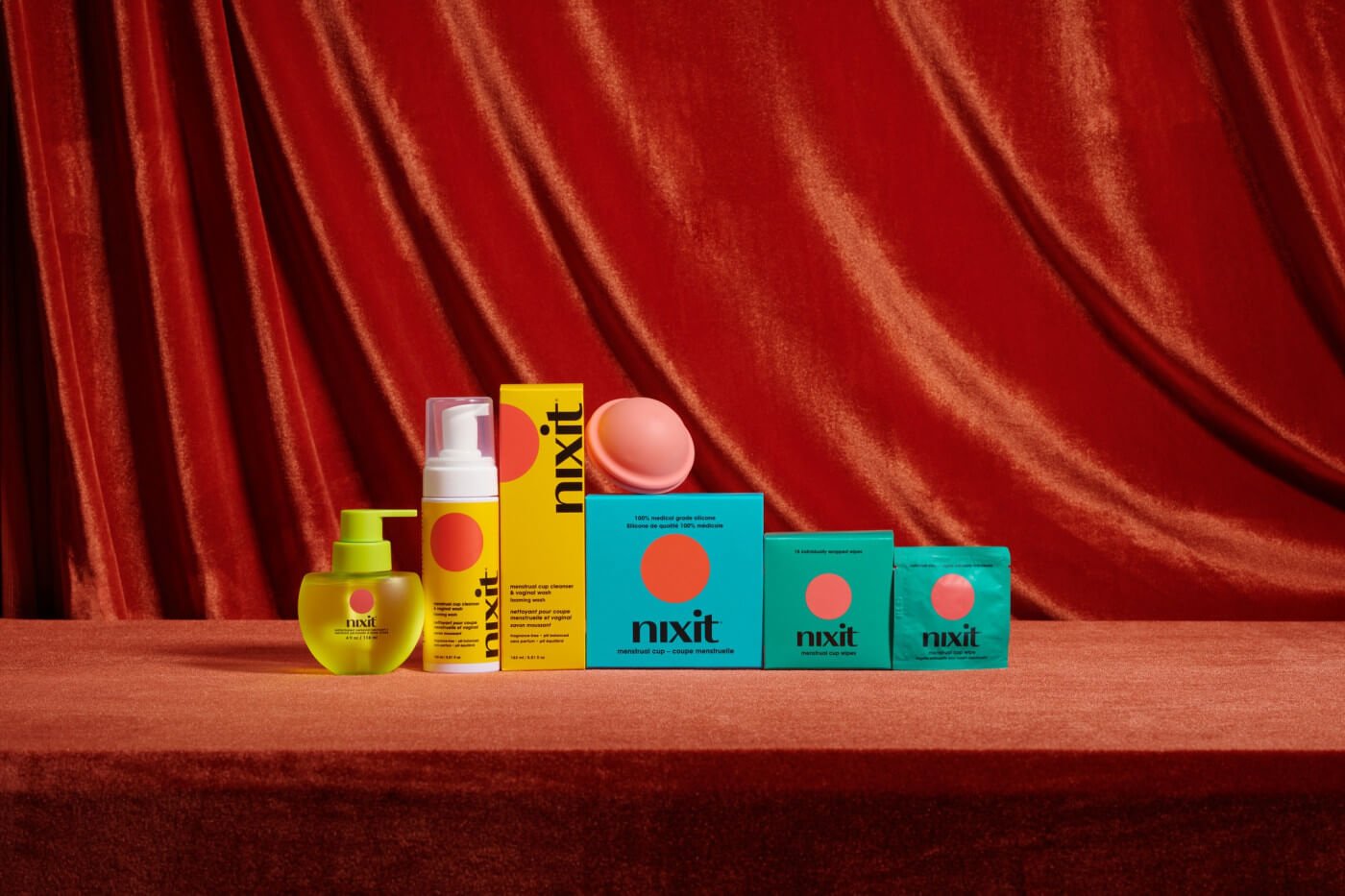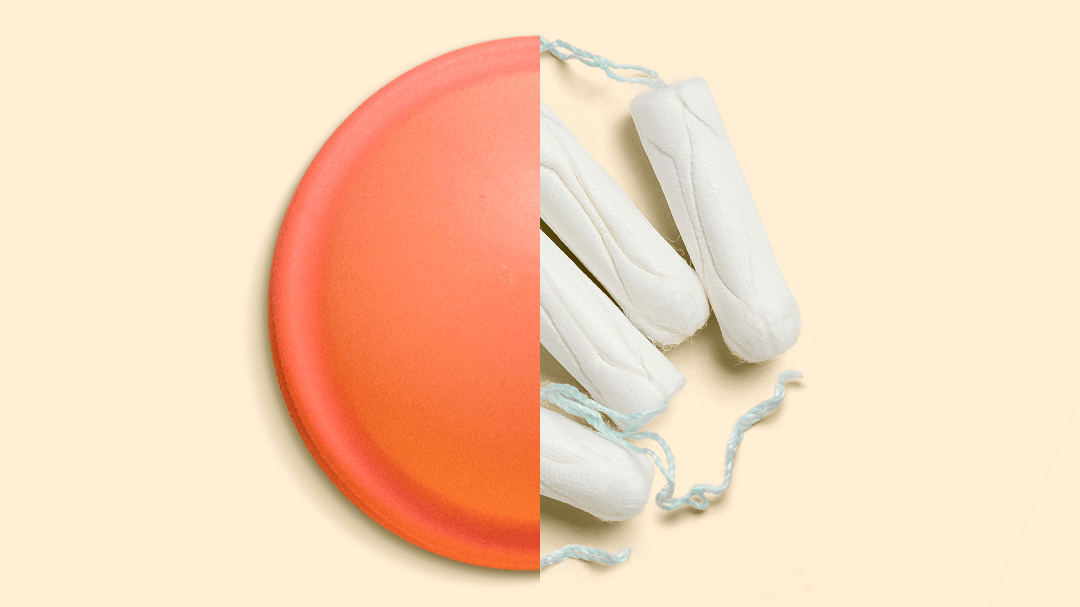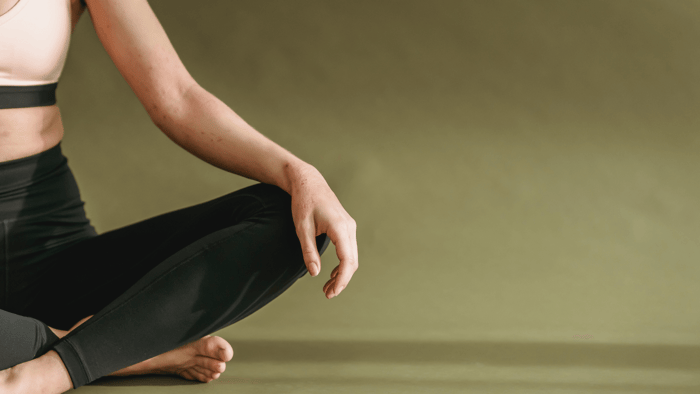When your period starts, you probably want to be as carefree as possible. With your active lifestyle, you don’t want to deal with the mess and fuss that comes with menstruating.
So you’ve used tampons, but you feel so dry down there and wonder if you have other options. The type of period care that won’t stop or stall your activities. Well, here’s something different: a menstrual disc.
Let’s investigate the causes behind vaginal dryness and why using a menstrual cup benefits you.
A Closer Look at Vaginal Dryness
Vaginal Dryness is a condition that happens when your vaginal tissues lack moisture due to insufficient lubrication.
This leads to discomfort or pain during sexual intercourse, and may also bring pain when sitting, exercising, or peeing.
Causes of Vaginal Dryness
Hormonal changes are the main causes of vaginal dryness. Specifically a drop in estrogen levels.
Why?
Estrogen is the hormone that promotes the production of vaginal fluids. These act as a natural lubricant and keep your vaginal linings healthy, thick, and elastic. Now, a decline in estrogen levels means less vaginal lubrication—making your vaginal walls thin and dry.
Likewise, these hormonal changes mostly occur during menopause, childbirth, and breastfeeding. They may also result from taking medications or undergoing medical treatment (i.e. hormone therapy).
Note that there are also other causes of vaginal dryness, such as:
- Underlying conditions (i.e. diabetes or Sjogren's Syndrome)
- Irritation from perfumed soaps, detergents, lotions, or douches
- Smoking
- Latex Condoms
- Tampons
The last one may surprise you, so let’s explore it further.
Tampons
In a previous study, one of the key observations from tampon usage was vaginal dryness. It was evident in most cases, but even more so when using tampons with higher absorbency.
Fact: Higher absorbency is detrimental to vaginal wellness, as the lubrication that’s good for vaginas is also taken away.
If you want to do away with vaginal dryness for your period care, you can turn to a menstrual disc instead.
First, let’s see how a menstrual cup compares with a tampon:
Menstrual cups are designed to collect fluid and not absorb it. They’re made out of silicone, a non-porous material that allows the moisture your vagina needs to remain intact.
With menstrual cups, you also don’t have to worry about harmful synthetic fibers.
For example, concerns that rayon, the synthetic fiber in tampons, promoting Toxic Shock Syndrome (TSS) were raised in a journal published in 2014.
Furthermore, concerns about dioxin, an endocrine disruptor, were also cited as a by-product of rayon/cotton bleaching. Even though its presence is in trace amounts, exposure through regular tampon usage may build over time.
Menstrual cups do away with these issues since they’re constructed with BPA-free medical-grade silicone.
In addition, menstrual cups provide more convenience since you don’t have to change them that often. This is due to the higher amount of flow collected (our cup holds the equivalent to 4x that of a high-volume capacity tampon!).
You also do your role in helping our planet because one menstrual cup can be used repeatedly, whereas tampons are for a single use only. A winner in terms of sustainability! Not to mention huge savings for you as well.
Watch this video on a menstrual cup and tampons to learn more:
The Disc-Style Menstrual Cup
Remember: Not all menstrual cups are created equal. There are different types of menstrual cups: a disc-style cup and a bell-shaped cup.
Here’s why our menstrual disc is even better than other menstrual cups.
- With nixit, the insertion process is easier. You don’t have to deal with mastering different folding techniques.
- You can also use nixit personal lubricant to make the insertion process even smoother.
- Unlike other cups where you need to select sizes, nixit is a one-size cup.
- Other cups can hold 10-30 ml of flow, whereas nixit can hold up to 70 ml. This means that you don’t need to change nixit cups as frequently as menstrual cups that hold less flow, making it more convenient for you.
- Other menstrual cups need suction to stay in place, but nixit sits in place without suction, making it more hassle-free for you.
- Allows mess-free period sex. This is because nixit is a disc-style menstrual cup and sits in your vaginal fornix rather than your vaginal canal (as with other cups and tampons), making penetrative sex possible.
Go for all of these - make that switch to nixit menstrual discs. For more information, you can also look at this video for instructions on using the nixit disc:
Vaginal Dryness - What Do I Do?
Let’s take a step back. Before doing anything, you should confirm you have vaginal dryness. Here are the most common symptoms of it:
- Burning feeling while urinating
- Light bleeding after sexual intercourse
- Experiencing painful sexual intercourse
- Presence of slight vaginal discharge
- Experiencing vaginal soreness, itching, or burning
If you experience any of these symptoms, consult your doctor to determine the root cause and corresponding treatment.
The doctor will perform a pelvic exam to see if your vaginal walls are thin, pale, or red, and may also check your vaginal discharge for other possible causes of dryness.
Note: If you’re nearing menopause, you may also be required to perform hormone-level tests.
Vaginal Lubricants and Vaginal Moisturizers
The use of water-based vaginal lubricants is also recommended to avoid vaginal dryness, as mineral or oil-based lubricants may damage latex condoms, menstrual cups, or diaphragms.
When it comes to lubricant and moisturizers, you can:
- Use the lubricant before sexual intercourse to alleviate pain/discomfort
- Apply the moisturizer periodically (3 to 5 times a week).
nixit’s personal lubricant is a water-based lubricant that’s:
- 100% natural, organic, and fragrance-free.
- Compatible with menstrual cups, toys/devices, and most condoms.
- Ultra-moisturizing, without that sticky feeling.
- Free from glycerin, parabens, sulfates, and sugar.
- An aloe-based formula with a pH-matched to vaginas.
- Made in the USA, in an FDA and GMP-approved and regulated facility.
Vaginal Dryness Medications
Your doctor may also prescribe medications that act like estrogen, such as:
- A low-dose estrogen cream or tablet that’s applied in the vagina
- Ospemifene (Osphena), a pill taken orally
- Dehydroepiandrosterone (DHEA), a vaginal suppository
Natural Ways To Keep Your Vagina Moisturized
Finally, here are some other, natural ways, that help keep your vagina lubricated:
- Drink lots of water and stay hydrated.
- Use natural oils, such as grapeseed, olive, vegetable, sunflower, or coconut oil. Note that there were instances some of these oils caused irritations to the vaginal area, so be careful with them.
- Regular sexual stimulation and lengthening of foreplay is recommended, too, as arousal increases mucus production, which lubricates the vagina.
What Vaginal Dryness May Lead To
Though not a serious medical condition, you shouldn’t ignore vaginal dryness as it can lead to complications, such as bacterial or yeast infections, sores, cracks in the vaginal walls, or increased risks of UTI (Urinary Tract Infection).
Further, avoidance of sexual intercourse may arise due to discomfort or pain experienced during intercourse.
See your doctor if your condition already interferes with your daily activities, affects your sex life or relationships, does not get better with over-the-counter treatments, or if you encounter severe vaginal bleeding.
No to Dryness. Yes to Full Circle Period Care.
Always look for your best period care, something designed with your vagina in mind. Give the nixit starter bundle lube bundle a try and feel the difference.

Because with nixit, having a period doesn’t put a period to your life’s activities.💪
Want to keep track of good information on period care and issues affecting your wellness down there? Subscribe to us, and we’ll keep you posted.






